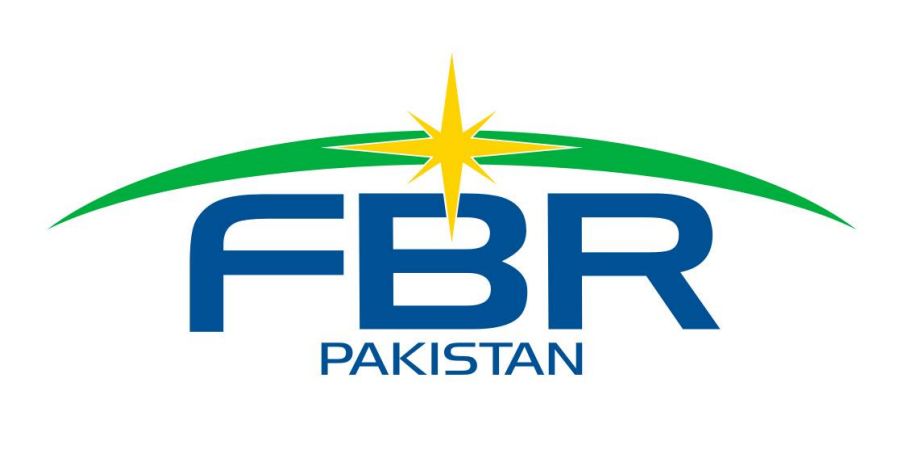“The Gig Economy: Navigating Freelancing Success in Today’s Work Landscape”
The gig economy refers to a labor market characterized by the prevalence of short-term, temporary, and freelance jobs, often facilitated through digital platforms and technology. In this economy, individuals work on a project basis or take up multiple part-time jobs rather than pursuing traditional full-time employment.
The gig economy has gained significant momentum in recent years due to technological advancements, changing work preferences, and economic shifts. Let’s delve into some aspects of the gig economy and how it thrives in the age of freelancing:
1. Technological Enablers: Digital platforms and apps play a crucial role in connecting gig workers with potential clients or customers. These platforms, such as Uber, Lyft, Airbnb, Upwork, and TaskRabbit, provide a convenient way for individuals to offer their services directly to those in need, eliminating the need for traditional intermediaries.
2. Flexibility: One of the most attractive aspects of the gig economy is the flexibility it offers. Workers can choose when, where, and how much they want to work, allowing them to balance their professional and personal lives according to their preferences. This flexibility is particularly appealing to parents, students, and individuals with other commitments.
3. Diverse Opportunities: The gig economy spans a wide range of industries, from transportation and food delivery to creative services, writing, programming, and more. This diversity allows individuals with different skill sets to find opportunities that match their expertise.
4. Entrepreneurial Spirit: Many gig workers embrace an entrepreneurial mindset. They manage their own businesses, albeit on a smaller scale, by marketing their services, managing finances, and building their own brands. This autonomy can lead to a sense of empowerment and ownership over one’s work.
5. Global Talent Pool: The gig economy is not limited by geographic boundaries. Freelancers can work with clients from around the world, enabling them to tap into a global talent pool and potentially secure higher-paying projects.
6. Upskilling and Adaptability: To thrive in the gig economy, individuals often need to continuously upskill and adapt to changing demands. This can lead to a culture of lifelong learning, as gig workers seek to enhance their skill sets to remain competitive.
7. Challenges and Concerns: While the gig economy offers many benefits, it also raises concerns. Gig workers may lack access to traditional employee benefits such as health insurance, retirement plans, and job security. Additionally, the unpredictable nature of gig work can lead to income instability.
8. Policy and Regulation: The rise of the gig economy has prompted debates about employment classification. Many gig workers are classified as independent contractors, which can affect their legal rights and benefits. As a result, there are ongoing discussions about how to ensure fair treatment and protection for gig workers while maintaining the flexibility that attracts them to this type of work.
9. Future of Work: The gig economy has contributed to a broader shift in the way work is perceived. As automation and artificial intelligence continue to reshape industries, the gig economy may serve as a model for how individuals can adapt and find work opportunities in a rapidly changing job landscape.
In conclusion, the gig economy thrives in the age of freelancing due to its technological foundations, flexibility, diverse opportunities, and potential for entrepreneurial growth. While it offers various benefits, there are also challenges that need to be addressed to ensure the well-being and fair treatment of gig workers in the long term. As the nature of work continues to evolve, the gig economy will likely remain a significant force shaping the global job market.
An Economic Trends: Analyzing Market Shifts and Predicting Opportunities









